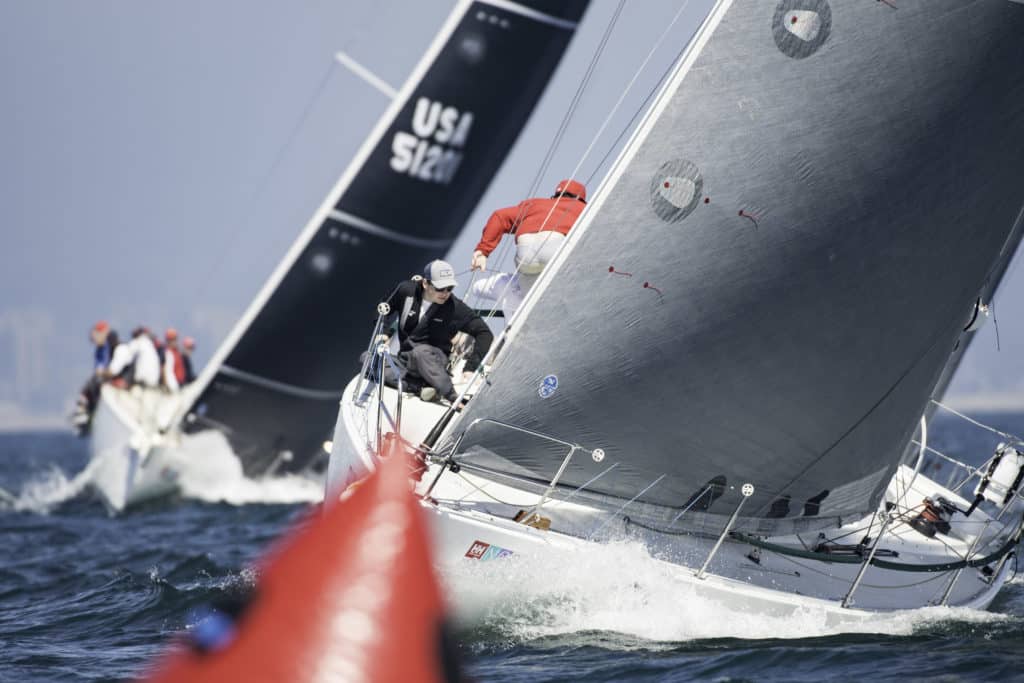
Make the Right Call at the Top of the Run
Rounding the weather mark with a well formulated plan, says America’s Cup veteran Moose McClintock, will help you make the most of the downwind legs.

Rounding the weather mark with a well formulated plan, says America’s Cup veteran Moose McClintock, will help you make the most of the downwind legs.
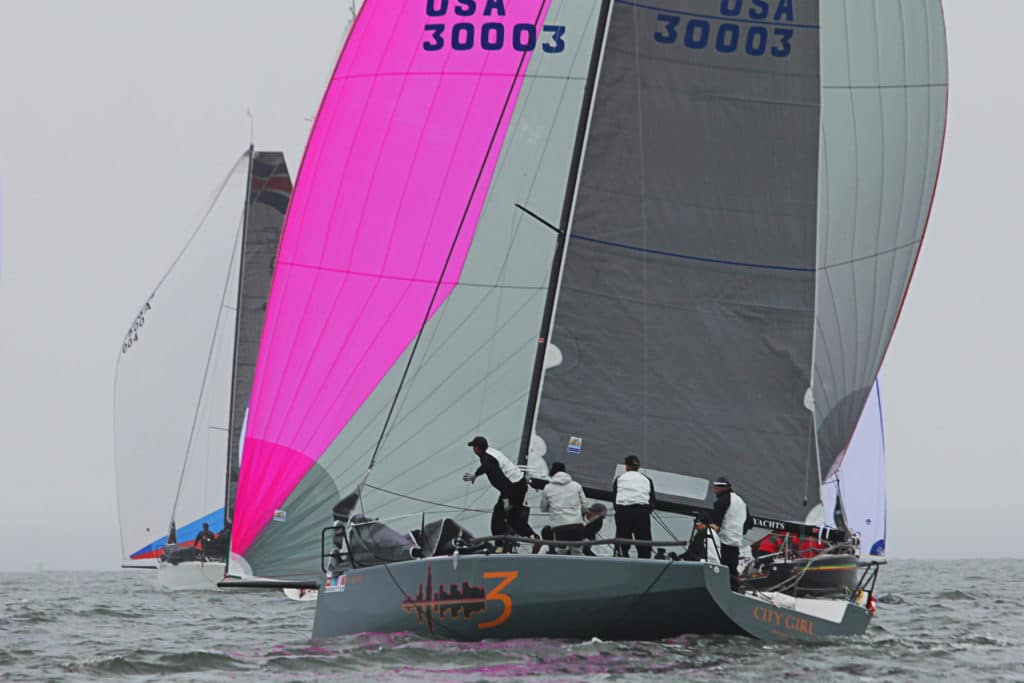
Plan early and keep it simple to get the most out of your downwind legs.
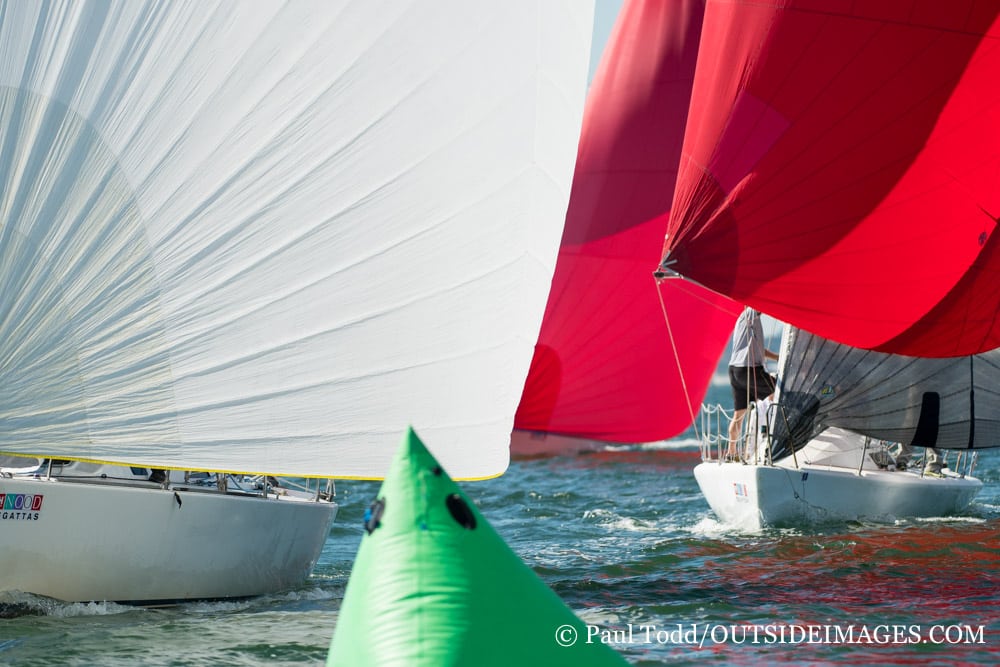
A crowded leeward-gate rounding is a perfect opportunity to pass boats, and more often than not, the best solution is the path of least resistance.
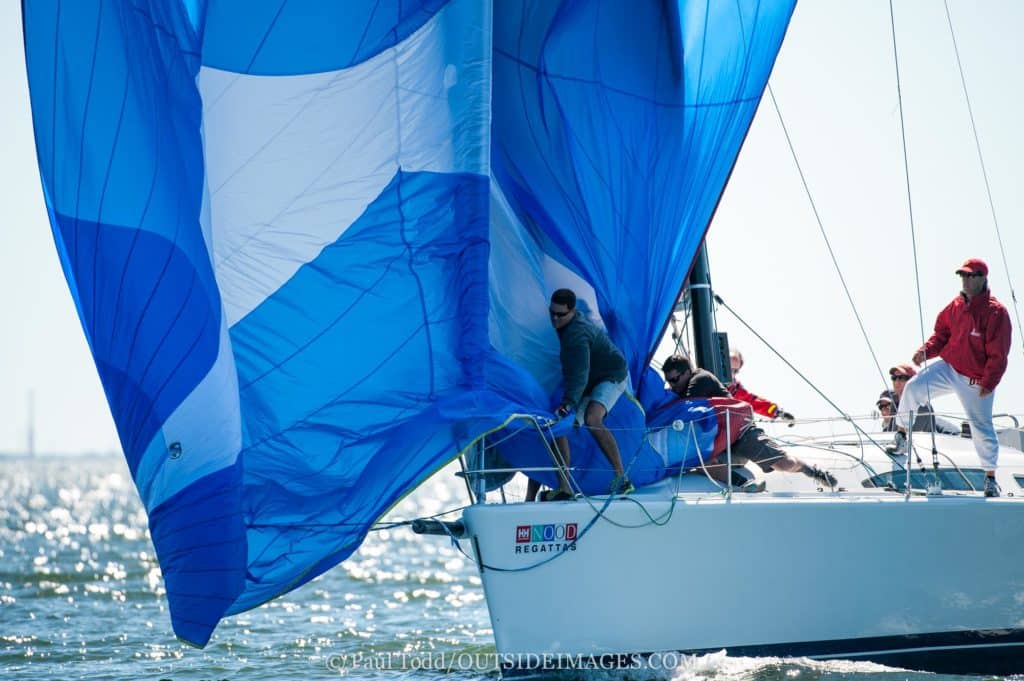
The bowman is an integral player on the downwind. From coordinating hoists and drops, to jibing the kite, here’s what you need to know about the asymm.
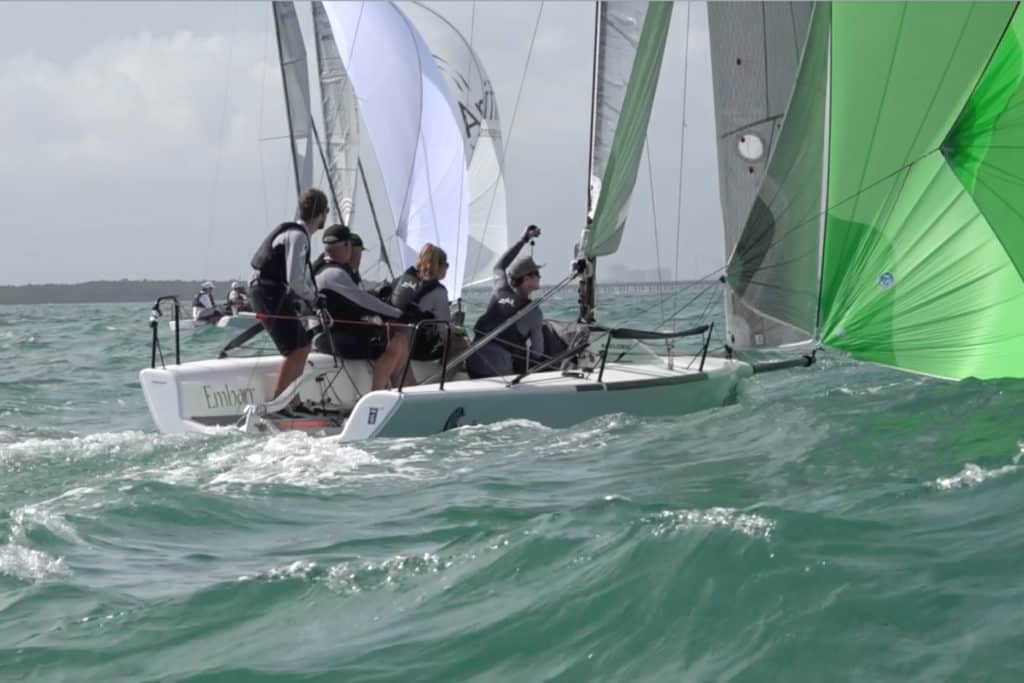
Melges 24 World’s champion tactician, Dave Hughes, breaks down their best downwind moves. Let’s go to the video.
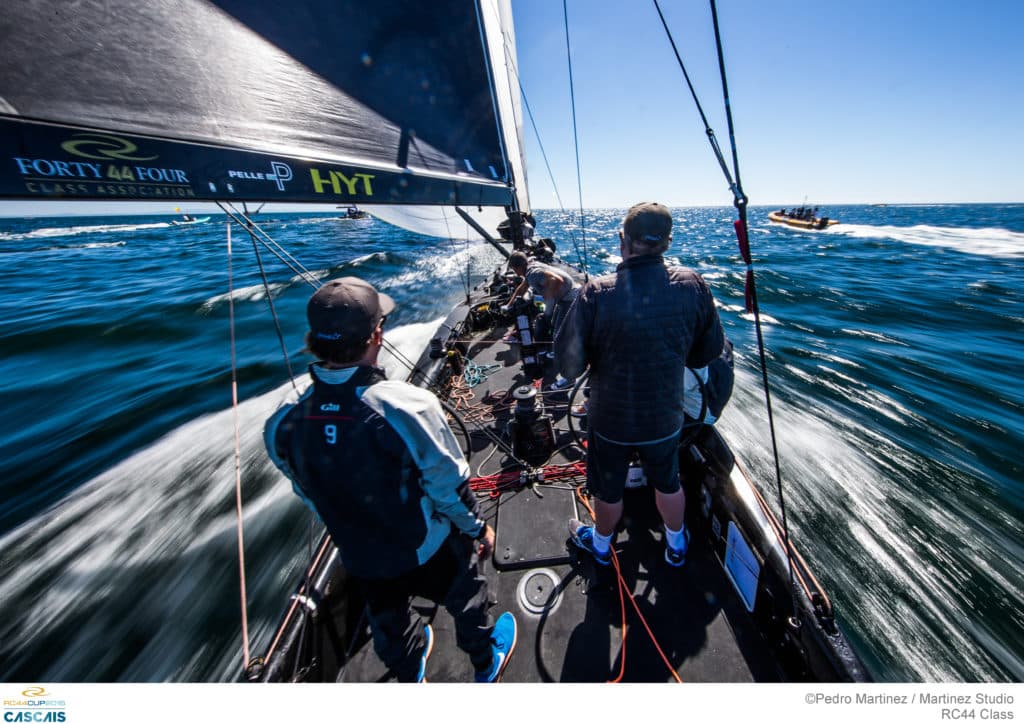
Open communication between the skipper and crew when the kite goes up can make all the difference on a downwind leg.
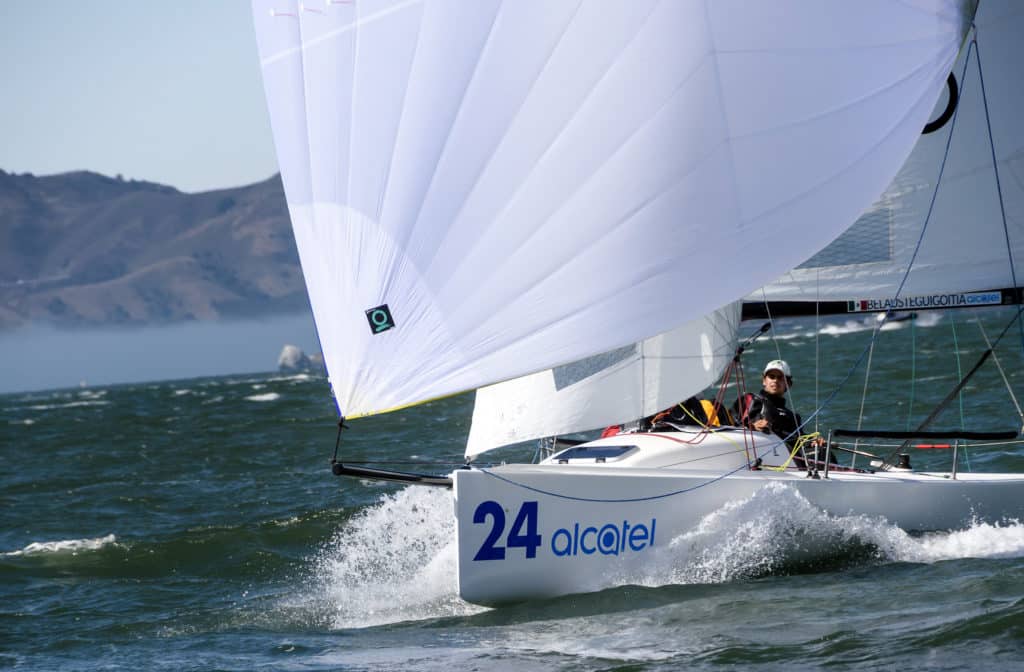
Heavy air running can be a blast, but also get your heart racing. Here are Quantum’s Dave Flynn’s top tips on mastering the heavy air run.

Symmetric spinnakers are often the most dynamic and challenging sail to trim perfectly. By understanding how they behave at different wind angles, however, you can better unlock its potential.
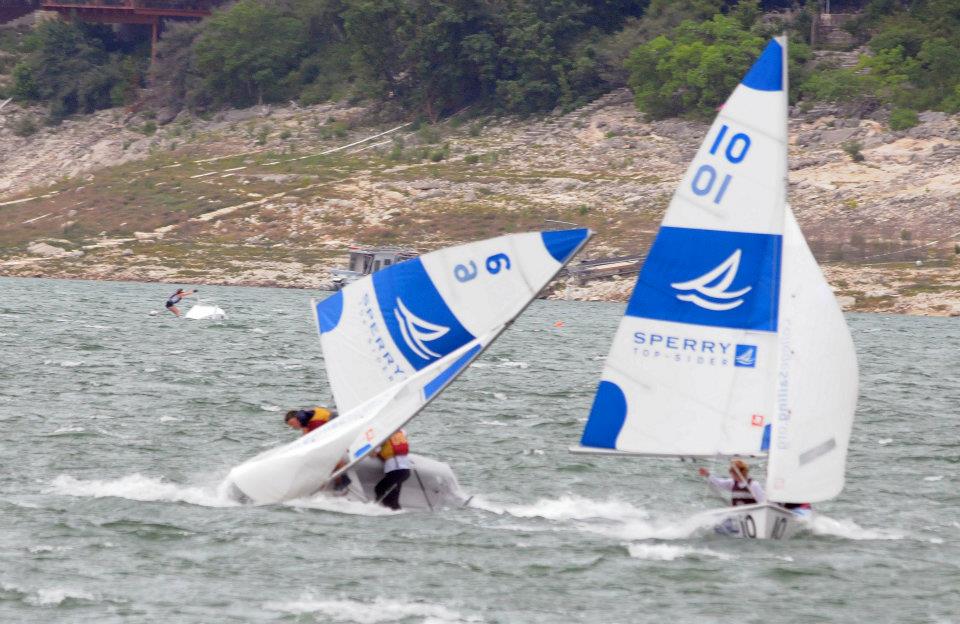
Let your adrenaline pump as you count down to the next tiny Armageddon—as long as you’re prepared you should stay upright.
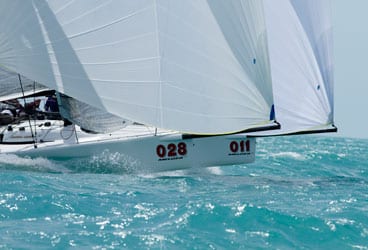
The most challenging part of moving from a displacement keelboat to a planing one is learning how to sail downwind. Extended version of the interview found in our October 2012 issue.

It can be tough to go through a clean set after an exausting upwind leg. If you’re prepared, though, the windward mark is a great spot to pick up boatlengths on the competition. From our April 2006 issue

Rounding the weather mark with a well formulated plan, says America’s Cup veteran Moose McClintock, will help you make the most of the downwind legs.

Plan early and keep it simple to get the most out of your downwind legs.

A crowded leeward-gate rounding is a perfect opportunity to pass boats, and more often than not, the best solution is the path of least resistance.

The bowman is an integral player on the downwind. From coordinating hoists and drops, to jibing the kite, here’s what you need to know about the asymm.

Melges 24 World’s champion tactician, Dave Hughes, breaks down their best downwind moves. Let’s go to the video.

Open communication between the skipper and crew when the kite goes up can make all the difference on a downwind leg.

Heavy air running can be a blast, but also get your heart racing. Here are Quantum’s Dave Flynn’s top tips on mastering the heavy air run.

Symmetric spinnakers are often the most dynamic and challenging sail to trim perfectly. By understanding how they behave at different wind angles, however, you can better unlock its potential.

Let your adrenaline pump as you count down to the next tiny Armageddon—as long as you’re prepared you should stay upright.

The most challenging part of moving from a displacement keelboat to a planing one is learning how to sail downwind. Extended version of the interview found in our October 2012 issue.

It can be tough to go through a clean set after an exausting upwind leg. If you’re prepared, though, the windward mark is a great spot to pick up boatlengths on the competition. From our April 2006 issue
Sign up for Sailing World emails to receive features on travel destinations, event listings and product reviews as well as special offers on behalf of Sailing World’s partners.
By signing up you agree to receive communications from Sailing World and select partners in accordance with our Privacy Policy. You may opt out of email messages/withdraw consent at any time.